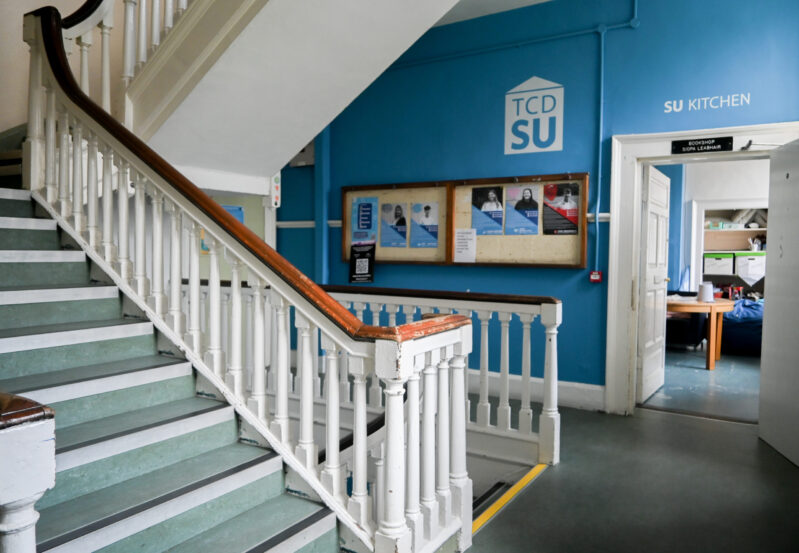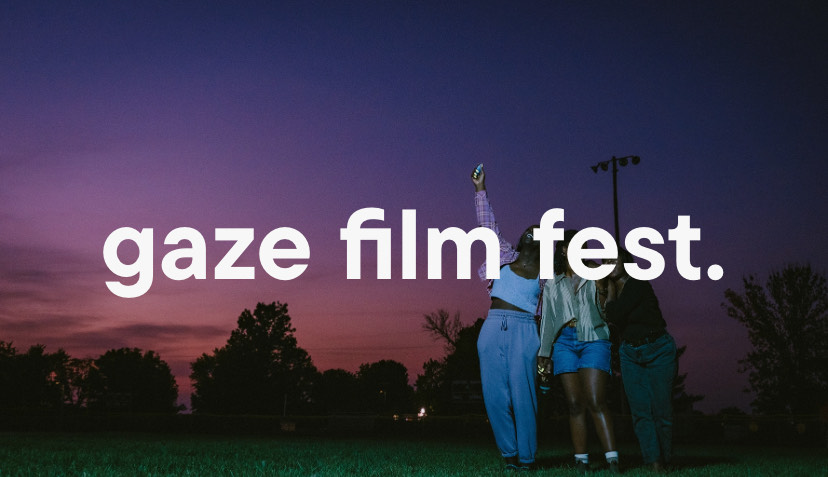
In the ever-evolving realm of fashion, at the intersection of creativity and innovation, two promising designers, Molly Walters and Rachel Morris, have emerged from the academic cocoon, poised to make an enduring impact on the industry. Possessing distinct perspectives and creative prowess, both individuals have garnered much attention. Their graduate collections not only exist as a testament to their academic journeys but also foreshadow their influence on the future of fashion.
From the inception of conceptual sketches to the grandeur of the runway, Walters and Morris unveil the forces that shape their creative processes and the symbolism that is woven into every stitch. As they navigate the transition from the academic sphere to the real world, both designers offer insight into the challenges and triumphs encountered, articulating their visions for the future and expressing their aspirations of redefining the boundaries of contemporary fashion.
Walters’ emphasis on the fusion between wearer and garment, drawing inspiration from her grandmother’s sentimentality and her mother’s conscious approach to clothing, adds an immensely personal touch to her pieces. By incorporating Irish lace, inspired by her grandmother’s heritage, she highlights the subtle yet meaningful connection to her roots. Molly’s commitment to making pieces that are timeless and not purely trend-driven, as well as her acknowledgement of the need for more conscious decisions in the fashion industry, showcases a thoughtful and sustainable approach to fashion design.
Similarly, Rachel Morris draws inspiration from Irish history and heritage, using pre-loved fabrics and traditional techniques such as knitting and crochet to make her pieces. Her designs blend nostalgia and humour while addressing the societal impact of the Catholic Church in Ireland.
Despite their diverging design influences, they both acknowledge the challenges that come with transitioning from academia to the professional design world. Walters highlights the financially strenuous and competitive nature of the industry, while Morris discusses the ethical challenges that come with the pressure of consumer demands, highlighting the importance of finding positions that align with individual values as a designer. As they navigate their careers, Molly envisions establishing her own brand, drawing on the experience gained from her internship with River Island, and Rachel Morris explores diverse print techniques and is expanding into the interiors sector.
Both interviews have been edited for precision and clarity.
Meet Molly Walters, River Island Bursary Winner 2023, who is materialising memories with her garments.
What inspired you to pursue a career in design, and how did your educational background contribute to your creative journey?
When I was younger, I didn’t really enjoy school or any subjects, other than art which I loved and concentrated my time and effort on. My mother is a very creative person and she always supported me with my designs when I was growing up. Having applied to NCAD but being unsuccessful, my mum encouraged me to submit a portfolio. In my first year of NCAD, I fell in love with fashion design, although I was initially studying textile design.
Can you remember the first item of clothing you ever made? Did any early experiences influence your design style?
During my first year of college, we entered the Covid-19 pandemic, and I bought vintage patterns and a mannequin online. It was my first time trying to make clothing, but I had no technical abilities as I had only started college, so it wasn’t very successful. In this moment, my passion for design was fueled as I couldn’t wait to get back to college to learn how to make functional pieces that wouldn’t simply fall off the mannequin.
In what ways (if any) does Irish Heritage influence your design aesthetic/concepts behind your creations?
Irish Heritage doesn’t directly influence my designs, although it does subconsciously. My grandmother was Irish and my biggest inspiration. Although I don’t use Irish knitting techniques or specifically Irish materials, I included some Irish lace in my designs. It was a less obvious aspect of my work, but nevertheless important.
What is your design philosophy and any individuals/influences that shape your work?
Honestly, my grandmother and mother invented the design philosophy in me. They take great care of mending and preserving their clothes and are extremely sentimental and careful with what they buy and wear. For them, everything is unique, and nothing is thrown away, as every item is detailed so that we continue to cherish them.
As a recent graduate, how do you navigate the transition from academia to the professional design world? Have you encountered any challenges along the way?
It has been an exciting yet challenging transition. College is a highly supportive environment and is self-directed, but the same is not the case when working in the professional design world. It is tough to get and do work and is very competitive and financially strenuous.
How do you stay updated with the latest design trends and technologies and incorporate them into your pieces?
Research is central to designing garments in general. Although my pieces don’t follow trends explicitly, there are inevitably elements that could be seen as “trendy”. For me, I aim to make every piece timeless and not seasonal.
Could you briefly discuss your ‘waste not, want not’ degree collection and the inspiration/concept(s) that influenced it?
My grandmother’s sentimentality is at the forefront of all my pieces, and her favourite saying: “Buy it cheap, buy it twice.” From a young age, she exposed me to the false economy of buying fast fashion, encouraging me to be patient and save up for longer until I could afford items of better quality. Less is more for her, and I wanted to show that in my designs.
Regarding changes to the fashion industry, sustainability is becoming central to discussions in and about fashion. How important is sustainability to your designs?
As a designer I recognise that more conscious decisions need to be made. However, I don’t think any designer should say that making clothes is entirely sustainable. Equally, for consumers, buying is never sustainable. The most sustainable clothing is what you have right now in your closet. My degree collection, while using vintage lace trims, did include jersey, which isn’t sustainable, and I must be cautious of greenwashing as while there are sustainable elements to my designs, I don’t agree that it could be called sustainable in this collection especially, but in future ones, it will be.
As River Island Bursary Winner last year, could you please discuss what it entailed?
Each year NCAD collaborates with River Island in London, and they accept one student for a three- month internship and provide them with a bursary based on their first semester project in final year which is the research part of our degree project. This experience was very insightful and entailed endlessly conducting research working for a brand which utilises this in their design process as they follow trends, so it was a very insightful experience.
Please can you share any future aspirations/events/goals you have for your design career?
I have recently moved to Sweden and am working freelance for a new brand, which I’m excited about as I have spent the previous few months working with a more prominent label that is constantly following trends, so I am excited to help a smaller brand grow and develop. My future goal is definitely to have a brand of my own. That said, at the moment I am enjoying navigating the fashion world and gaining experience so that I can use it in my own business in the future.
Meet Rachel Morris, who is weaving Irish heritage and techniques into her designs.
What was the main source of aspiration for pursuing a career in design?
I have always been drawn towards creative subjects in school and extracurricular activities. Studying at Stillorgan College of Further Education enhanced my creativity, and it was here that planted the seed for me to pursue a degree in fashion design.
Does Irish heritage influence your design aesthetic?
Yes, events throughout Irish history are the main influence in my designs, alongside the use of Irish fabrics and wool in particular.
Can you remember any distinctive pieces of clothing you made at the beginning of your fashion journey?
Yes, I made my first garment inspired by Irish heritage when college was shut during the pandemic, using techniques such as knitting, and crochet which continue to be central to my designs.
Can you tell me a bit about the influences that shape your work?
For me, design is something that you should want to do, not something that you feel like you need to. Influences such as Irish history and heritage are central to my pieces, aiming to keep traditional techniques alive.
As you have recently graduated, how have you found the transition to the design world beyond college?
Having graduated in June 2022, I have found it especially challenging to navigate the industry as college is full of creativity and exploration without the pressure of consumers. Now, my personal values are challenged, with ethical contests and overconsumption at the forefront of the difficulties I have experienced thus far. However, now I am currently working in a sustainable interior design studio in London that aligns with my values as a designer, which is important.
(How) do you stay updated with the latest design trends and technologies, and (how) do you incorporate them into your pieces?
While I’m not a great lover of the term ‘trend’, I stay updated with fashion weeks throughout the year, which always helps me stay connected. Additionally, I follow several knit designers on Instagram and love seeing new technologies being developed.
Could you briefly discuss your ‘Sin, no sin’ collection and the concepts that influenced it?
My final collection stemmed from my mother’s upbringing in the 1960s and 1970s and the inevitable impact of this on my life. By examining my mother’s childhood garments in contrast to mine, I fused both dress styles to inform shape throughout my collection. Taking imagery from her 1970s religion book, I created a humorous approach to my collection whilst also addressing the harrowing influence that the Catholic church had and continues to have on Irish society.
Is sustainability a central component to your designs? If so, how do you approach this?
I believe sustainability should be the starting point of the design process. Most of my designs utilise second-hand, pre-loved fabrics and yarns. For me, I think that using the materials that you already own is the most sustainable way to design new clothing.
Please can you share any future aspirations you have as a designer?
Currently, I am working towards new designs, exploring different methods of print techniques, and working in the interiors sector with a team that aligns with my values as a designer.






